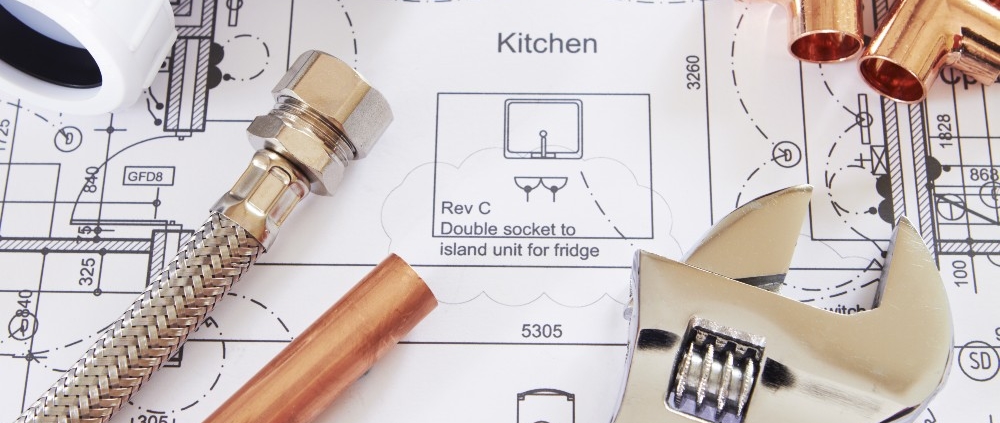Types of Residential Plumbing Systems and How They Work
Did you know there are several different types of residential plumbing systems in a single home? It’s true! Some pipes bring water into your home. Some pipes take water away from the home. Other pipes help drain and vent off bad odors. Knowing how all these systems work is important makes it easier to identify when something’s gone wrong. Here’s a quick explanation of your residential plumbing systems.
Water Supply
To get water from the municipal source, through the street, and into your home, a series of water pipes, fittings, service valves, and faucets are used. These are usually made from plastic, copper, or galvanized iron and can have diameters from 1/2” to 4”.
Water flows from the city’s water treatment facility, through pipes underground, to your home. There, it flows through a network of pipes to deliver clean water to your sink faucets, shower heads, toilets, bathtub faucets, and appliances, including the water heater, dishwasher, and clothes washing machine. After it’s used, the water moves onto the drain pipes.
Drain-Waste-Vent
Once you’ve used the water, whether through taking a shower or bath, cleaning the dishes or clothes, or flushing the toilet, it flows through drain pipes to the septic tank or municipal sewer. Solid waste is then separated from liquid waste, purified at the water treatment facility, and sent back into the community.
Meanwhile, back at your home, the vent system is connected to the drain and waste pipes. The purpose of the vents is to push sewage gases out of your house so they don’t build up and cause bad smells or illness.
The drain-waste-vent system is not likely to be something you think of very often, since you mostly can’t see these pipes. However, you’ll definitely know when they’re not working because clogged pipes are the most common residential plumbing issue with this system.
Kitchen Plumbing
A large portion of your residential plumbing will go towards the kitchen. Most kitchens are fairly simple with hot and cold water supply lines for the sink, a waste line for the garbage disposal, and sometimes a gas line for the stove. You are also likely to see hookups for the dishwasher, ice maker, and instant hot water. These are usually tied to the sink’s plumbing for ease-of-use.
Bathroom Plumbing
The bathroom also hosts a large portion of your residential plumbing. This is where the water supply and drain-waste-vent systems are mostly used. The water supply brings fresh, clean water from the municipal water treatment facility to the home’s water heater. There it is split into cold water lines and hot water lines. After the water is used, the drains and waste pipes takes the water to the sewer lines and the waste to the septic tank. The vent pipes send sewage gases out of the home through the roof and provide appropriate air pressure to ensure all pipes are flowing easily.
Having Issues with Your Residential Plumbing Systems?
If you’re think that one of your residential plumbing systems might not be working correctly, please give Hulsey Environmental Services (a Blue Flow Company) a call. We are North Georgia’s best source for professional plumbing services. You can reach us online or call 770-746-8520 to let us know what’s going on and schedule an appointment for one of our technicians to come visit your home, assess the problem, and provide a solution.




Leave a Reply
Want to join the discussion?Feel free to contribute!